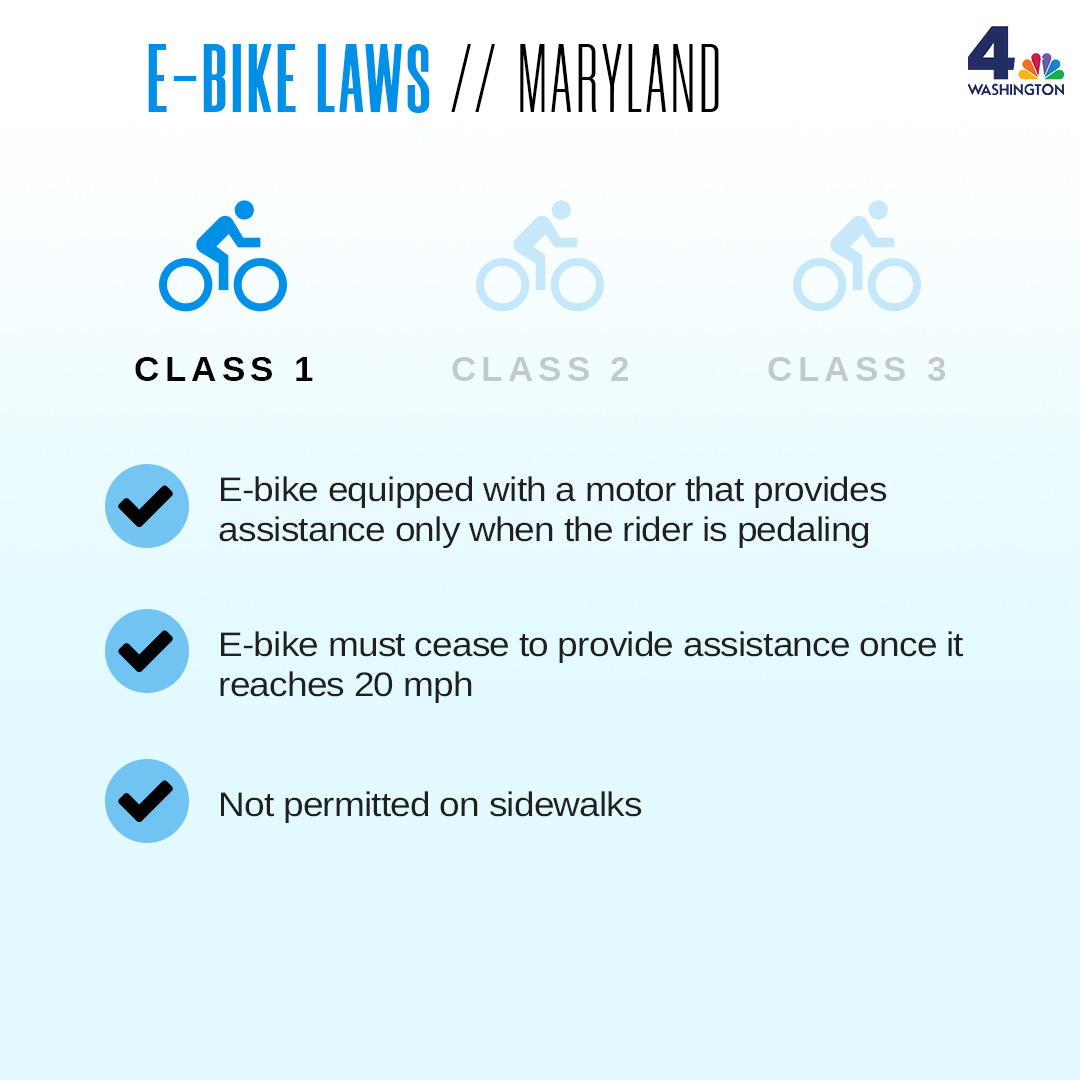A Beginner'S Overview To E-Bike Rules And Laws In Your City
A Beginner'S Overview To E-Bike Rules And Laws In Your City
Blog Article
Team Author-Perkins Willumsen
Before you hop on your e-bike and struck the streets, it's important to understand the legislations and regulations that control your city. From relevant webpage to assigned riding locations, there's a great deal to consider to guarantee you're compliant and safe. By click here with the policies specific to e-bikes, you'll be better equipped to enjoy your experiences with no unforeseen legal issues. Keep tuned to find key understandings that will assist you browse the e-bike landscape in your city seamlessly.
Understanding E-Bike Classification
When it involves browsing the realm of e-bike legislations and regulations, an important starting factor is recognizing the category system that classifies these electrical bicycles. E-bikes are generally categorized into three main categories: Class 1, Class 2, and Class 3.
Course 1 e-bikes are pedal-assist only, suggesting they supply assistance while the rider is pedaling and have a maximum speed of 20 mph. These bikes are allowed in areas where standard bikes are permitted.
Course 2 e-bikes are outfitted with a throttle that can thrust the bike without pedaling. They also have a maximum speed of 20 mph and are suitable for bikers who might need assistance without pedaling continuously.
Class 3 e-bikes are similar to Class 1 however with a higher maximum speed of 28 miles per hour. These bikes are frequently limited from certain bike paths or tracks due to their higher speeds.
Recognizing these categories is necessary for adhering to regional policies and guaranteeing a risk-free and pleasurable e-biking experience.
Navigating Speed Restrictions and Restrictions
To effectively browse e-bike legislations and policies, it's critical to understand the speed limitations and restrictions that apply to various classes of electric bikes.
Rate limitations for e-bikes vary relying on the classification of the bike. Course 1 e-bikes, which are pedal-assist just and have a maximum speed of 20 mph, are typically allowed on bike lanes and courses.
Class 2 e-bikes, which have a throttle in addition to pedal-assist and also reach rates of as much as 20 mph, might be limited in particular areas where motorized vehicles aren't allowed.
Class 3 e-bikes, with pedal-assist as much as 28 mph, are generally needed to follow the exact same policies as standard bicycles.
It's important to stick to these rate limits and restrictions to guarantee your security and the safety and security of others when driving. Before riding your e-bike, acquaint yourself with the particular guidelines in your city to avoid any prospective fines or lawful issues.
Where to Ride Your E-Bike
To figure out where you can ride your e-bike, it's essential to recognize the regulations and guidelines particular to your place. In many locations, e-bikes are typically permitted on roads and roads where conventional bikes are allowed. This might consist of bike lanes, bike courses, and shared roadways. Nevertheless, it's essential to check local legislations as some cities may have specific limitations on where e-bikes can be ridden.
When riding your e-bike, always prioritize safety by adhering to website traffic guidelines and valuing pedestrian pathways. Additionally, be mindful of any type of assigned bike lanes or courses in your area and use them whenever feasible to ensure a smoother and safer experience.
https://fattireebikesdeals88765.atualblog.com/39279288/invigorate-your-early-morning-with-a-seamless-commute-and-find-out-just-how-e-bike-users-are-changing-their-everyday-way-of-livings have policies concerning e-bike usage on sidewalks, so make certain to familiarize on your own with these regulations to stay clear of any kind of fines or charges.
Conclusion
Since you recognize with the legislations and policies bordering e-bikes in your city, you can with confidence hit the road understanding where you can ride and what constraints put on your e-bike category. Bear in mind to always prioritize safety and security and follow the policies to ensure a smooth and legal trip. Happy riding!
